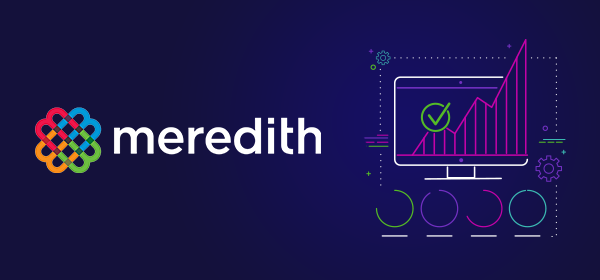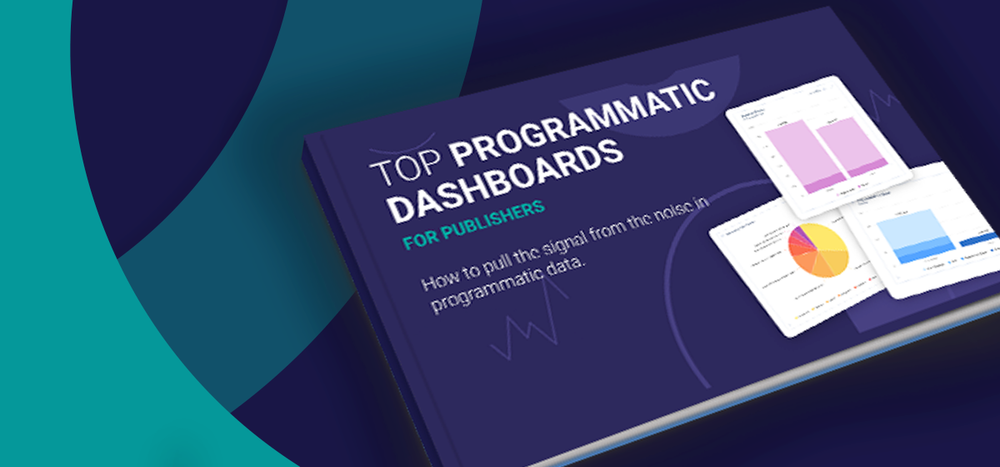For digital publishers, change is a constant presence. And now, with the loss of third-party cookies, change is on the way once more.
For years, third-party cookies have been at the core of nearly every advertising campaign on the web, but that’s coming to an end. The final blow hasn’t been struck, but it’s on the way after Google announced the inevitable end of third-party cookies on Chrome. The move echoes one made by Apple, who has been fighting to improve user privacy by limiting third-party cookies since 2017.
Lawmakers have also stepped in to establish new privacy standards aimed at improving user freedom and consent when it comes to information that advertisers rely on. Both GDPR in Europe and CCPA in California hope to help users prevent unwanted use of their personal data. The enforcement of these laws and the promise of future legislation places third-party cookies on the chopping block.
The loss of third-party cookies is a major shift for publishers of all sizes, and experts are unsure about which direction the industry is heading. Despite this, proactive publishers have an opportunity to separate themselves from the pack.
The search for replacements
To fill the void left by third-party cookies, there has been a speculative search for something similar. Some experts claim that the future lies in the potential to tie user behavioral info through a universal ID, usually in the form of a hashed email or IP address. Unfortunately, these options have a few major hurdles if they’re to be adopted.
- Universal ID’s are not necessarily universal. Their tracking will likely be tied to individual vendors, and increased competition in the space will hurt the universality of data.
- Privacy is a concern. Cookies have always given users a choice, offering them the ability to delete or reject them at any time. Many of the universal ID alternatives would not offer the same flexibility.
- They're vulnerable to future browser changes. Some of these solutions fly in the face of industry goals to improve data privacy. This makes universal ID’s especially susceptible to additional top-down industry changes from companies like Apple, Google, and Microsoft.
Focusing more on privacy, there has been a new initiative by the Interactive Advertising Bureau (IAB). Dubbed Project Rearc, the project is asking its members to innovate in the face of change by developing a replacement for the current cookie architecture.
“The current third-party cookie setup has created a messy and frightening marketplace built on the collection and use of personal data,” IAB CEO Randall Rothenburg said to AdExchanger during a press conference.
Big tech’s secret weapon is also an opportunity for publishers
As advertising platforms, the trio of Facebook, Google, and Amazon stand to benefit most from the uncertainty to come. But in that shift, there is a lesson for publishers. These platforms have some key capabilities that insulate them from the loss of the third-party cookie, but it ultimately comes down to one thing: first-party data.
Knowing your user base has always been the bread and butter of any successful digital business. The same can be said here, and it has publishers scrambling to establish robust first-party data offerings. Collecting, organizing and utilizing first-party data is ultimately a long-term commitment that could take years to bear fruit, but it’s exactly the outlook that will be rewarded in a post-cookies ecosystem.
Oddly enough, the idea of a cookie-less future excludes the first-party cookie. First-party cookies will continue to be supported in the future because of their crucial role in website functionality. For example, e-commerce sites would not be able to function without the first-party cookie because they store information about users as they shop and add items to their cart. They’re here to stay, and can be used to gather valuable information that can help publishers compete in the advertising marketplace.
| First-Party Cookies | Third-Party Cookies | |
|---|---|---|
| Visitor Data | Does not offer any cross-site functionality, but can store user activity within a publisher’s ecosystem. | Can compile and track user activity beyond to provide more accurate targeting data. |
| Default Browser Support | Supported on all browsers by default. | Rejected by default on Safari and soon to be limited on Chrome. |
| Ownership and Privacy | Set by the publisher and only lives on their own web server. | Can be loaded via third-party code that has no connection to the publisher’s site or web server. |
Another similarity that all tech giants have in common is an appreciation for the value of a logged in user. When a user stays logged in to access additional site features, they’re also providing additional data as they go. Publishers can begin to harness this as well by implementing membership programs. Free membership, newsletters, and loyalty programs can be offered in ways that add value to users when they’re logged in, which benefits both parties.
Returning to a simpler solution
A shift to exclusive use of first-party data sounds revolutionary, but it still leaves out many smaller publishers that struggle to pay for site changes or match the scale desired by publishers. So what’s left for them? The answer could come in the form of contextual, or content-based, targeting.

If third-party cookies provided behavioral targeting based on the user, contextual strategies provide targeting based on the site’s content. Before the third-party cookie enabled the programmatic boom, contextual targeting was commonplace. Advertisers were able to fill inventory by finding sites with content that matched their desired audiences. Companies like Leiki, owned by DoubleVerify, are preparing for this by analyzing and profiling content in innovative ways.
Despite its historical familiarity, contextual advertising has its challenges. For example, contextual targeting involves a more hands-on approach, often using keywords. These keywords are constantly in need of optimization, and will reach plenty of users that aren’t necessarily likely to convert. Just because a user looks up news about private jets, doesn’t mean they’re ready to buy one. Regardless of the shortfalls, content-based targeting is an in-place solution that will play a role in a world without third-party cookies.
Short-term pain will lead to long-term gains
As the industry stares down a future without third-party cookies, they’re seeing multiple paths before them, none of which are simple solutions. Both buy-side and sell-side players are attempting to carve out new opportunities for the next decade. For publishers, the only certainty is that they will soon be thrust into a new era of change.
At the heart of this change is first-party data. It will unlock a new generation of sell-side success for reasons beyond advertising revenue. Everything from content strategy to site design and more can be optimized after pivoting to a reliance first-party data. Scalability and long-term success is also improved for forward-looking companies willing to embrace this ideological shift.
Most importantly, publishers will no longer be beholden to third-party options. Although it will be painful in the short term, first-party adopters have an opportunity to control their own destiny in the next digital frontier.






